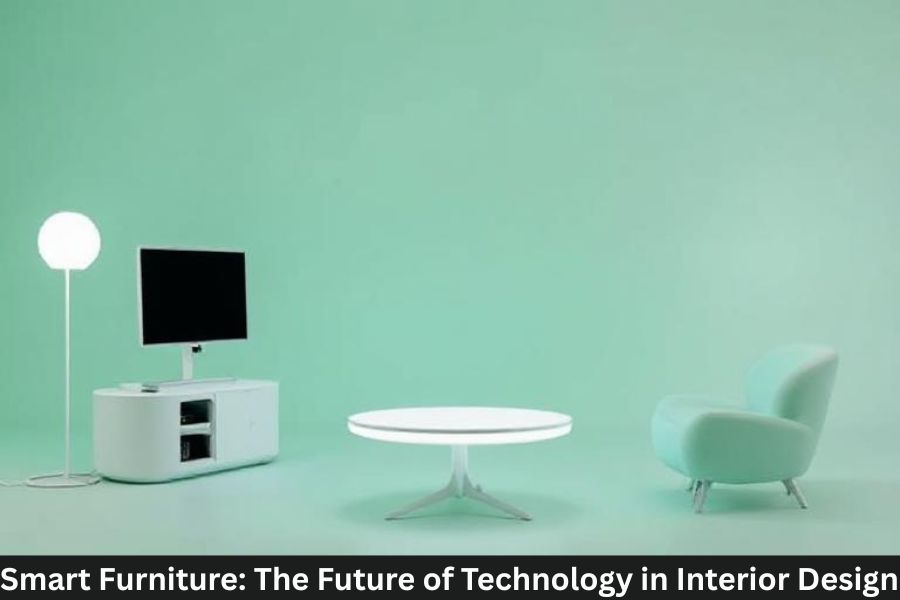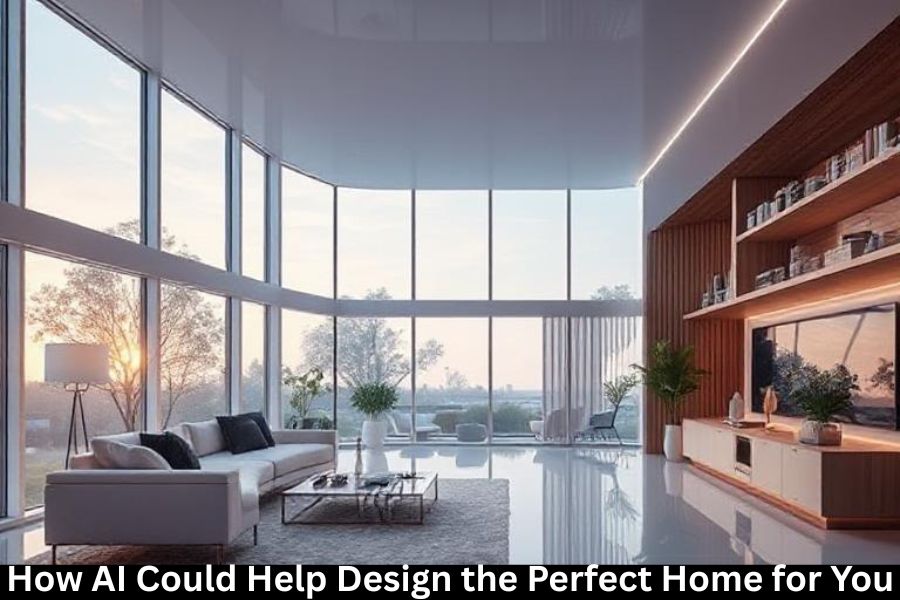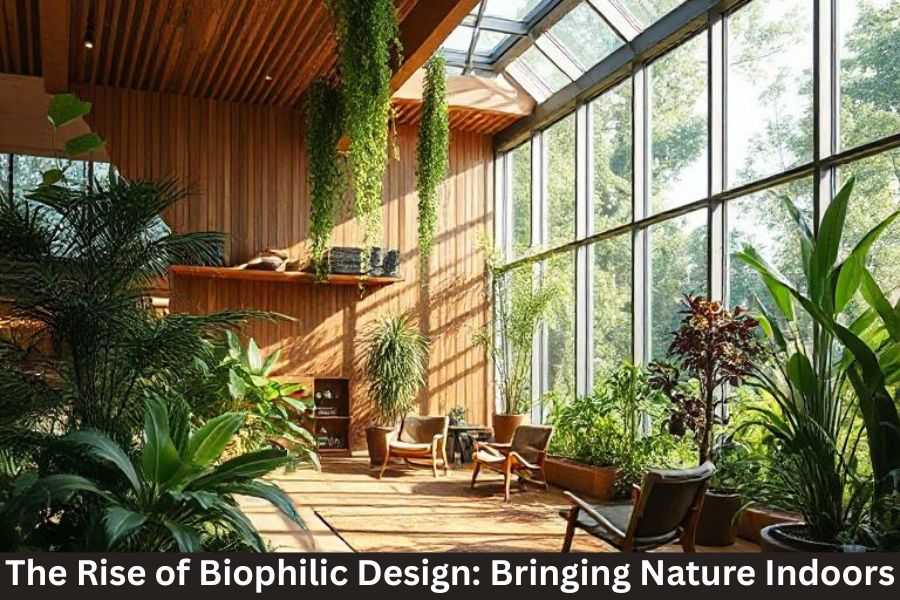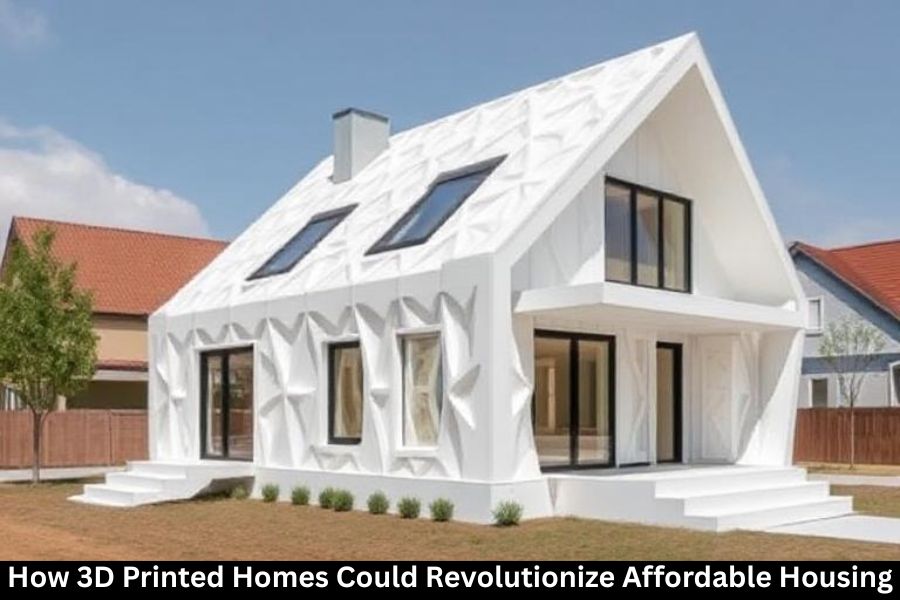The way we live and interact with our homes is evolving rapidly, thanks to the integration of technology into everyday objects. Among the most exciting innovations is smart furniture—a blend of design, functionality, and technology that is redefining interior spaces.
Smart furniture is transforming not only how rooms look but how they work, offering convenience, efficiency, and a new level of personalization. Let’s explore how smart furniture is shaping the future of interior design and what it means for modern living.
What Is Smart Furniture?
Smart furniture refers to pieces embedded with technology that enhances their traditional functions. This can include features like wireless charging, built-in speakers, adjustable ergonomics, sensors, and connectivity with other smart devices.
From desks that adjust to your posture to sofas that monitor your comfort, smart furniture merges innovation with style, creating interiors that respond to your needs in real time.
Key Features of Smart Furniture
1. Connectivity and Integration
Many smart furniture items connect seamlessly with home automation systems. Imagine a coffee table that doubles as a control hub for your lighting, music, and thermostat—all at your fingertips.
2. Space Optimization
With urban living spaces shrinking, multifunctional smart furniture helps maximize limited areas. Beds that fold into walls, desks that convert into dining tables, and modular sofas with hidden storage are examples of technology meeting design efficiency.
3. Health and Wellness Monitoring
Some smart furniture includes sensors to monitor posture, remind you to move, or even track sleep quality. This integration supports healthier living habits while blending naturally into your environment.
4. Enhanced Comfort and Convenience
Features like adjustable height tables, temperature-controlled chairs, or sofas with built-in massage functions elevate comfort. Voice-activated or app-controlled furniture lets you tailor your environment effortlessly.
Examples of Smart Furniture in Today’s Homes
- Smart Desks: Adjustable desks with programmable heights and built-in charging stations encourage ergonomic working habits.
- Connected Sofas: Sofas equipped with speakers, USB ports, and wireless charging pads offer entertainment and functionality.
- Smart Beds: Beds with sleep tracking, climate control, and adjustable firmness enhance rest and recovery.
- Modular Storage Units: Furniture that adapts with movable components and sensors to track inventory or usage.
Benefits of Smart Furniture in Interior Design
- Personalization: Furniture adapts to individual preferences and routines.
- Efficiency: Multi-functional designs save space and reduce clutter.
- Sustainability: Intelligent usage of resources and materials promotes eco-friendly living.
- Future-Ready Homes: Integration with IoT (Internet of Things) devices creates cohesive smart environments.
- Improved Quality of Life: Supports health, comfort, and convenience seamlessly.
Challenges to Consider
- Cost: Smart furniture tends to be pricier than traditional pieces due to advanced technology.
- Durability: Integrating electronics may affect furniture longevity and maintenance needs.
- Privacy: Connected furniture raises concerns about data security and user privacy.
- Compatibility: Ensuring seamless integration with other smart home devices can be complex.
FAQs About Smart Furniture
Q1: Is smart furniture difficult to set up?
Most smart furniture comes with user-friendly setup instructions and app integrations, making installation straightforward.
Q2: Can smart furniture be customized?
Yes, many brands offer customizable options to fit your style and technological preferences.
Q3: Does smart furniture require regular updates?
Some smart furniture does receive firmware updates to improve functionality and security.
Q4: Is smart furniture suitable for all rooms?
Smart furniture is versatile and available for living rooms, bedrooms, offices, and even kitchens.
Q5: How does smart furniture impact interior design trends?
It promotes minimalist, functional, and tech-integrated design aesthetics.



